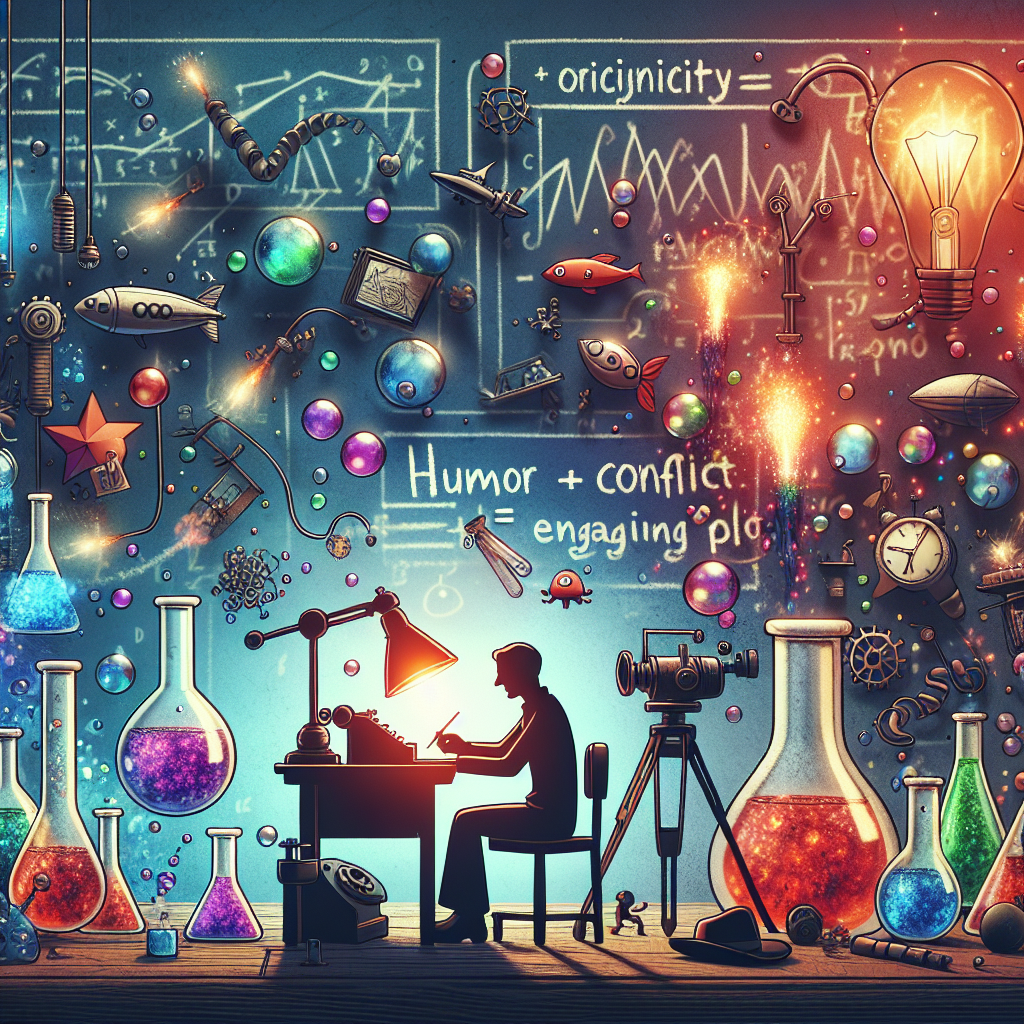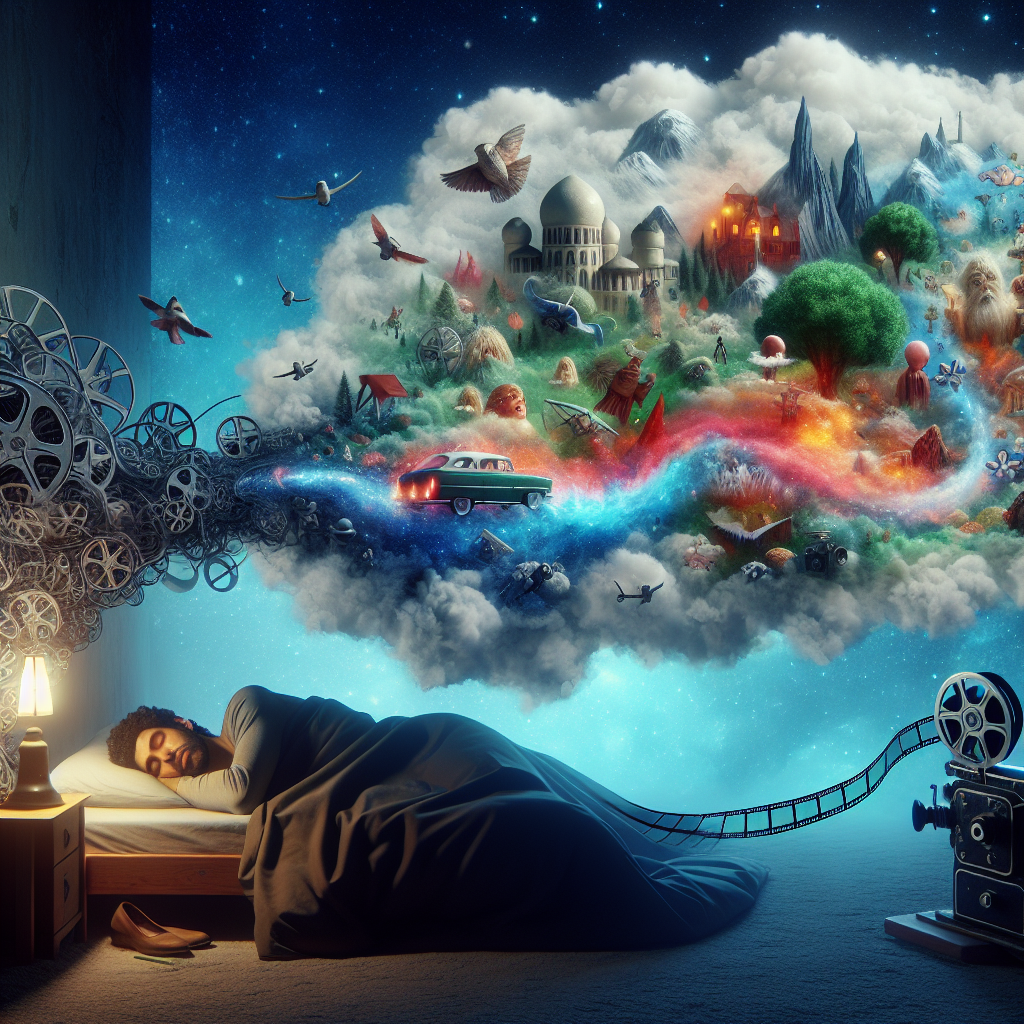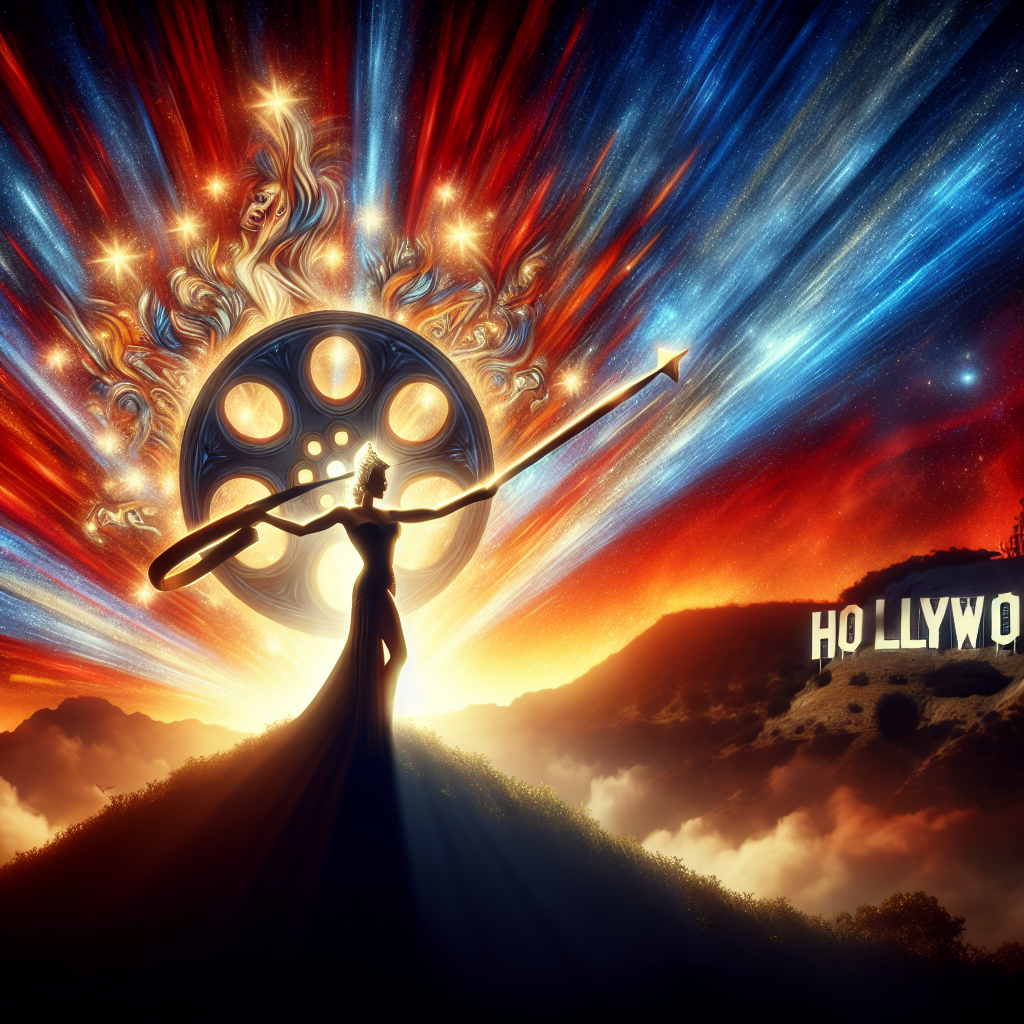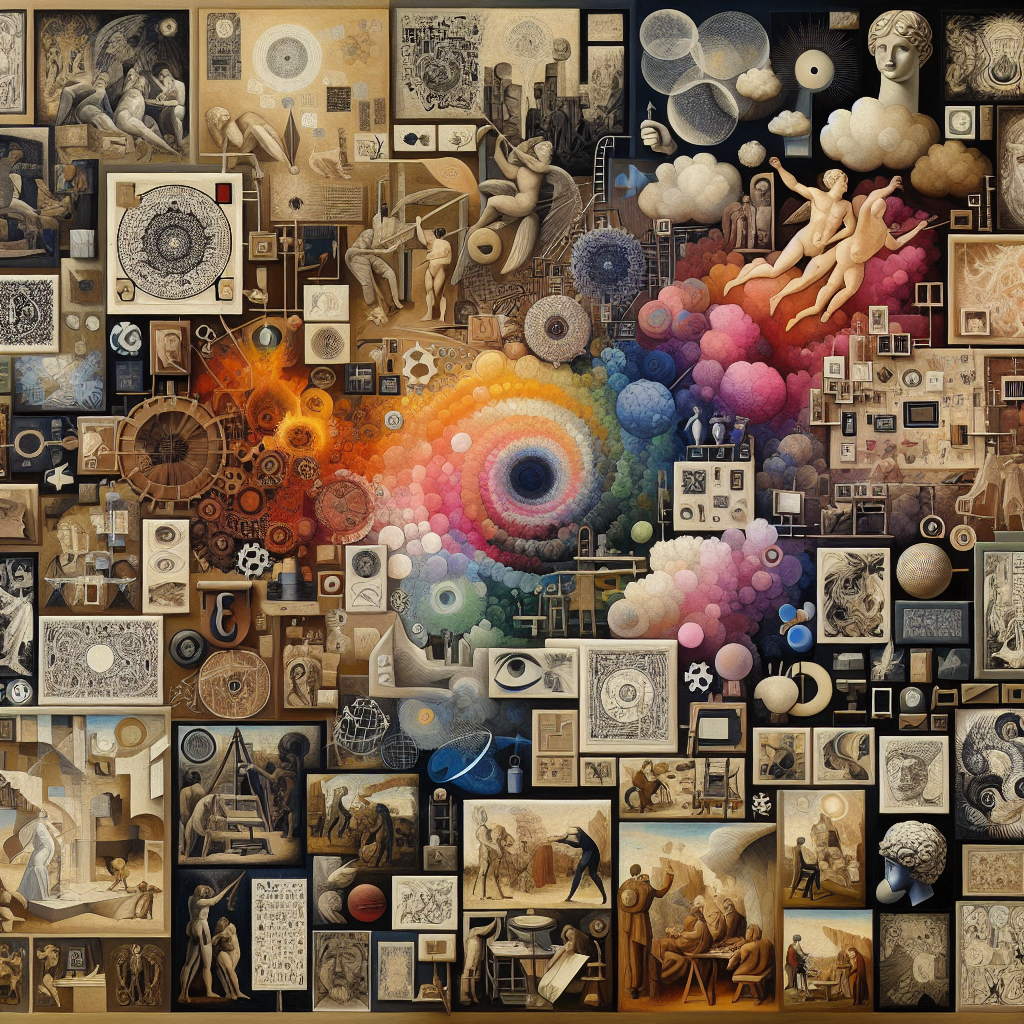When a Pixar movie begins, there’s a sense of wonder that feels almost scientific in its precision. Whether it’s the emotional rollercoaster of Inside Out, the quiet melancholy of WALL·E, or the pure adventure of Up, Pixar’s stories consistently strike chords across cultures and generations. What makes their storytelling so universally powerful isn’t just artistry—it’s a careful blend of psychology, neuroscience, and narrative science that turns animation into emotional alchemy.
At its core, Pixar’s storytelling relies on understanding how human brains respond to stories. Scientists have shown that when we hear a well-structured narrative, our brains release oxytocin—the “empathy chemical.” It’s the same hormone that helps us bond with others in real life. Pixar’s writers use this to their advantage. Every movie follows a structure that encourages viewers to emotionally invest in the characters before introducing conflict or loss. By the time Woody faces being replaced by Buzz, or Joy realizes sadness has purpose, the audience’s brain chemistry is already on Pixar’s side.
This structure is not accidental—it’s rooted in the storytelling principles popularized by Emma Coats, a former Pixar story artist who distilled the studio’s process into 22 “rules.” Among them are deceptively simple ideas like “You admire a character for trying more than for their successes,” or “Coincidences to get characters into trouble are great; coincidences to get them out of it are cheating.” These rules mirror findings in cognitive psychology: our brains are wired to prefer stories where effort, failure, and growth create meaning. Pixar doesn’t just tell tales of heroes; it maps the emotional logic of being human.
Equally important is Pixar’s respect for authenticity. Even when its films feature talking fish or sentient toys, the emotions are grounded in real psychology. Take Inside Out, for example. The film was developed in consultation with neuroscientists and psychologists to accurately depict how emotions like joy, sadness, and fear interact in the brain. Rather than oversimplifying feelings, it portrays them as complex, interdependent systems—mirroring how human cognition actually works. That blend of narrative charm and scientific integrity gives the story emotional truth.
Pixar also uses color and sound in ways that mirror how the brain processes emotion. Warm colors like oranges and reds are used to convey safety, joy, and nostalgia, while cooler tones like blues and purples accompany moments of sadness or reflection. This aligns with affective neuroscience studies showing how color and tone influence mood and attention. Even Pixar’s sound design follows psychological cues: low-frequency sounds can trigger tension and unease, while soft, high notes induce comfort or hope.
One lesser-known aspect of Pixar’s process is its internal “Braintrust”—a team of directors and story experts who rigorously analyze each film’s narrative logic. Meetings can be brutal but are always rooted in the science of feedback: the idea that stories evolve best through collaborative refinement and cognitive diversity. This process prevents creative stagnation, ensuring each story resonates both emotionally and intellectually.
And then there’s the mathematics of motion—the way Pixar animates life. Their animators study real-world physics to ensure that even impossible movements feel believable. When Sulley’s fur moves in Monsters, Inc., every strand follows physical laws simulated by complex algorithms. When Elastigirl stretches or Lightning McQueen skids across asphalt, there’s genuine mechanical precision behind the fantasy. That physical realism subconsciously convinces viewers’ brains that the emotions they see are real.
Perhaps the deepest secret behind Pixar’s magic lies in their willingness to make audiences feel sadness. Unlike most studios, Pixar doesn’t shy away from melancholy or grief; instead, it treats them as essential ingredients for empathy. Neuroscientists suggest that emotional contrast—feeling sorrow before relief or laughter—creates a stronger memory trace. That’s why moments like Bing Bong’s farewell in Inside Out or the wordless montage in Up linger long after the credits roll.
Ultimately, Pixar’s storytelling magic is a triumph of art meeting science. Every laugh, tear, and gasp is engineered through an understanding of how stories shape our perception of life itself. They’ve turned data into empathy, algorithms into emotion, and pixels into poetry. It’s not just animation—it’s storytelling evolution, designed by the human mind for the human heart.




